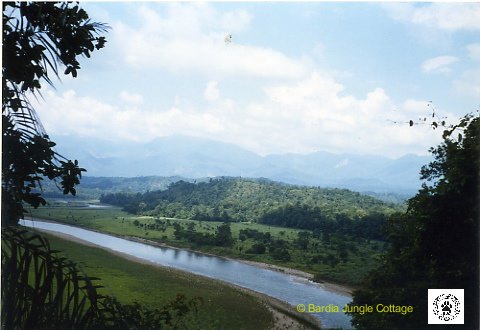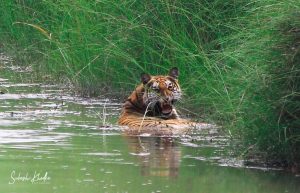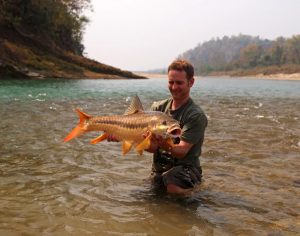Crammed with the pristine environment, the Babai valley extending from Parewa odar to Chepang (bridge) was included in the park in 1984, and is saddled in the northeastern section of the park and represents a typical example of an inner terai dune ecosystem. The Babai River flows from east to west and about 40 km inside the park then south to emerge into the terai at Parewaodar. A large number of other feeder streams originated from Churia hills enrich water system of the valley.

The View of Babai Valley in Bardia National Park
The valley harbors pristine ecosystem remarkably rich in biodiversity. The major vegetation and forest type in the valley include riverine and khair sissoo forest on the floodplain and sal forest (Shorea robusta), Asna (Terminalia tomentosa), and balki (Anogeissus latifolia) on the slopes of the churia. Tall floodplain grassland and Phanta are the major grassland type in the valley.
The luxurious forest in the east of the park also provides a good habitat and corridor for several wildlife species. Wildlife species recorded in the valley include greater, one-horned rhinoceros, tiger, wild Asian elephant, Himalayan black bear, sloth bear, four-horned antelope, four species of deer (Samber, spotted, hog and barking deer), ghoral, leopard, and a large number of small mammals, reptiles, amphibians, mollusks, arthropods, Major aquatic fauna included two species of crocodiles-gharial and mugger and over 50 species of fish. The valley is reputed for its rich avifauna. Over 250 species of birds have been recorded in the valley. Large Mahasheer, a game fish is considered an excellent catch in the Babai River.







